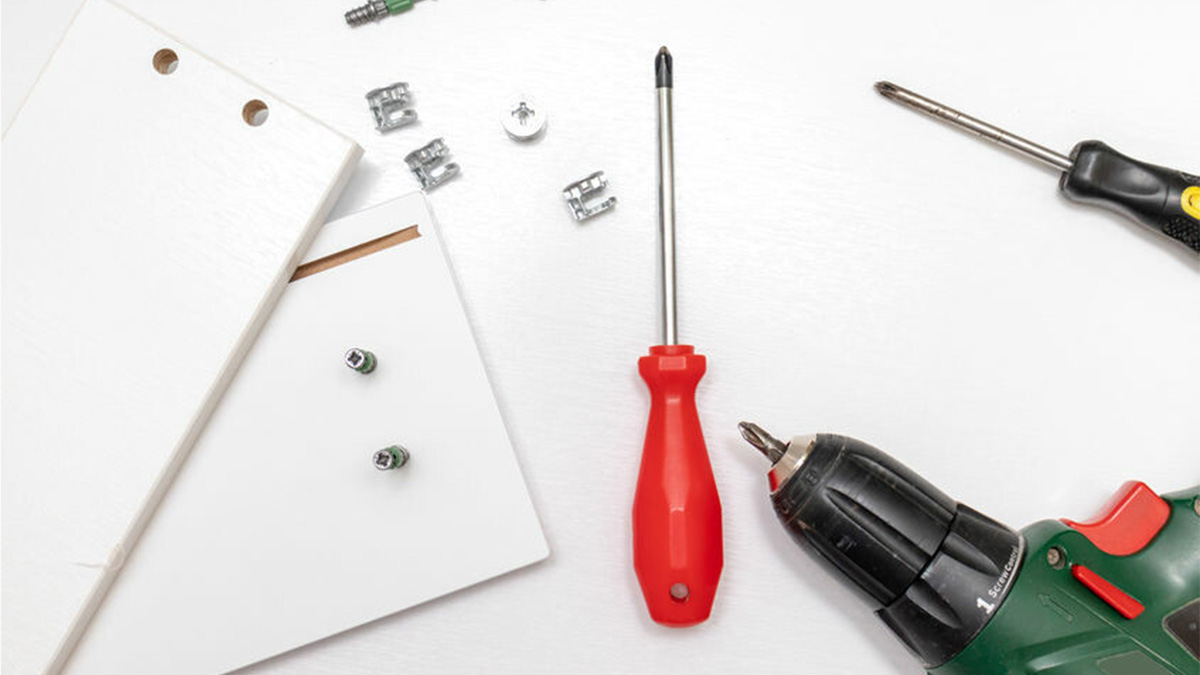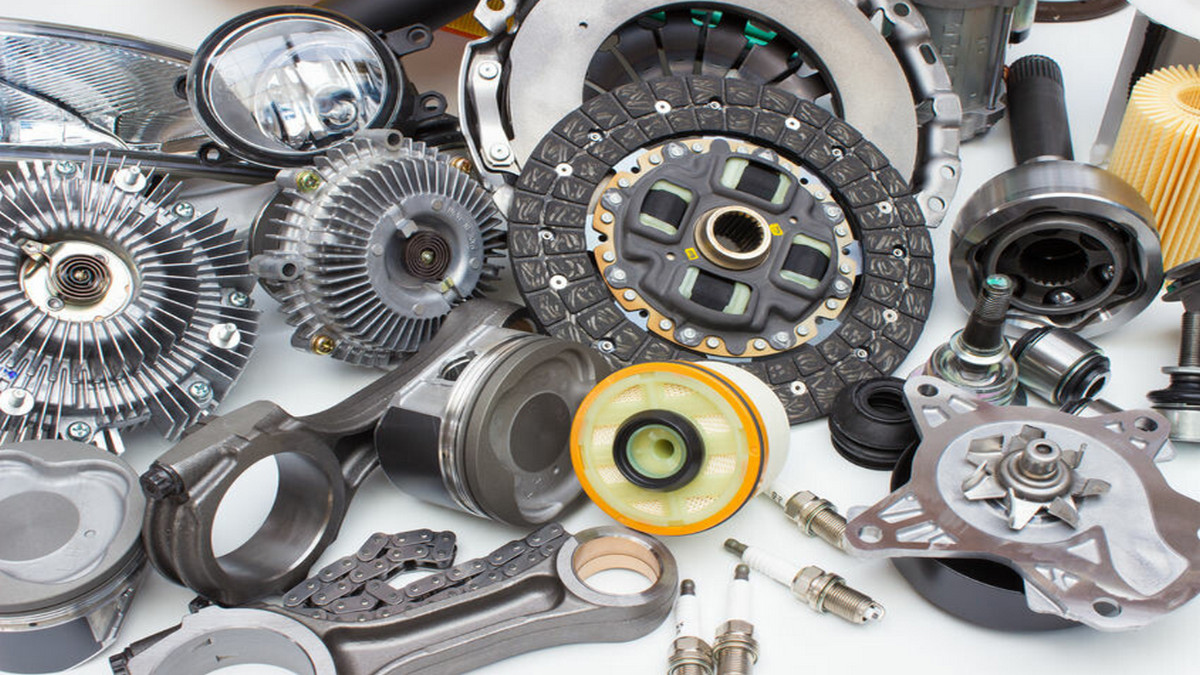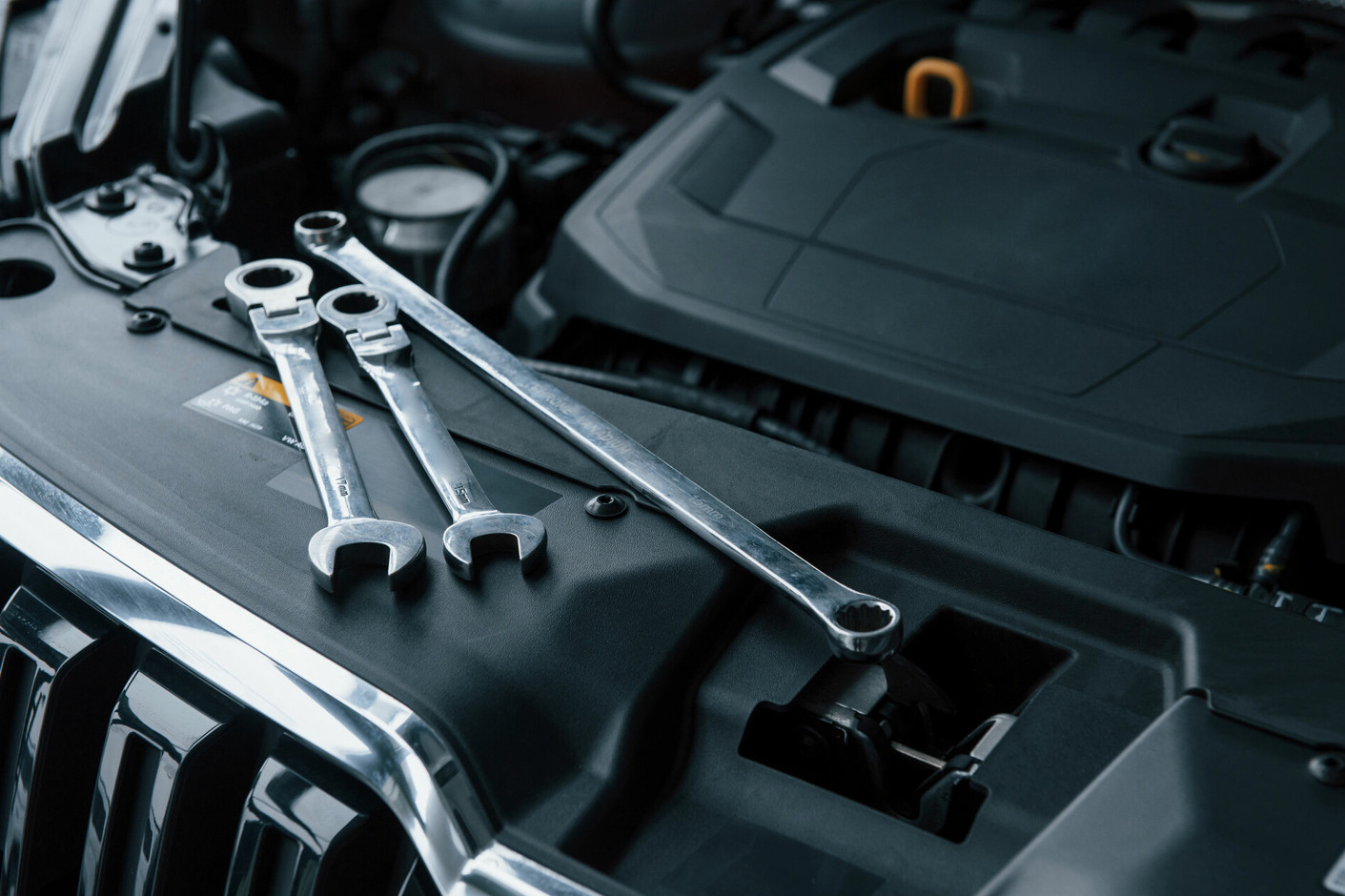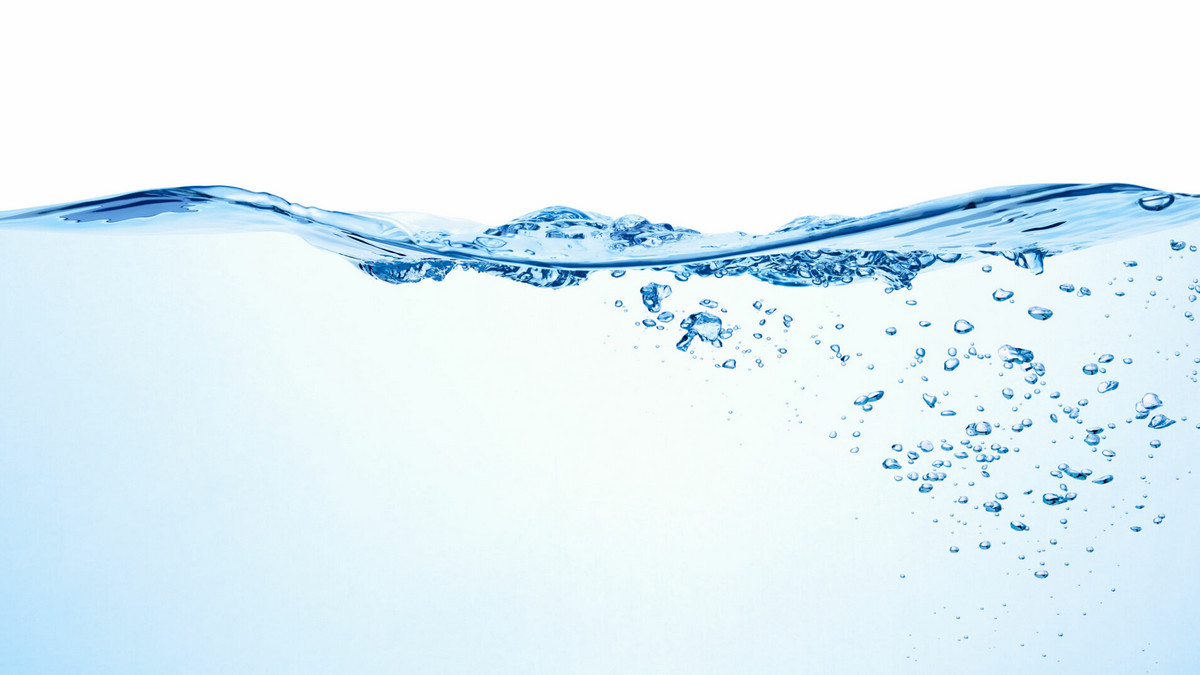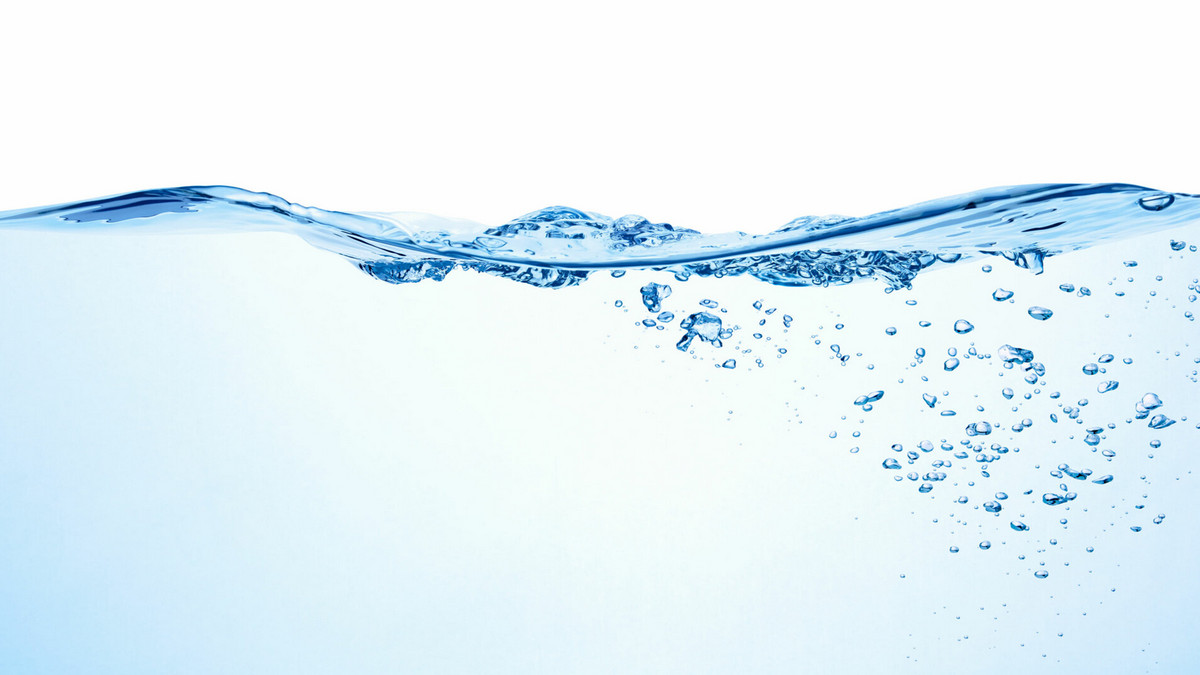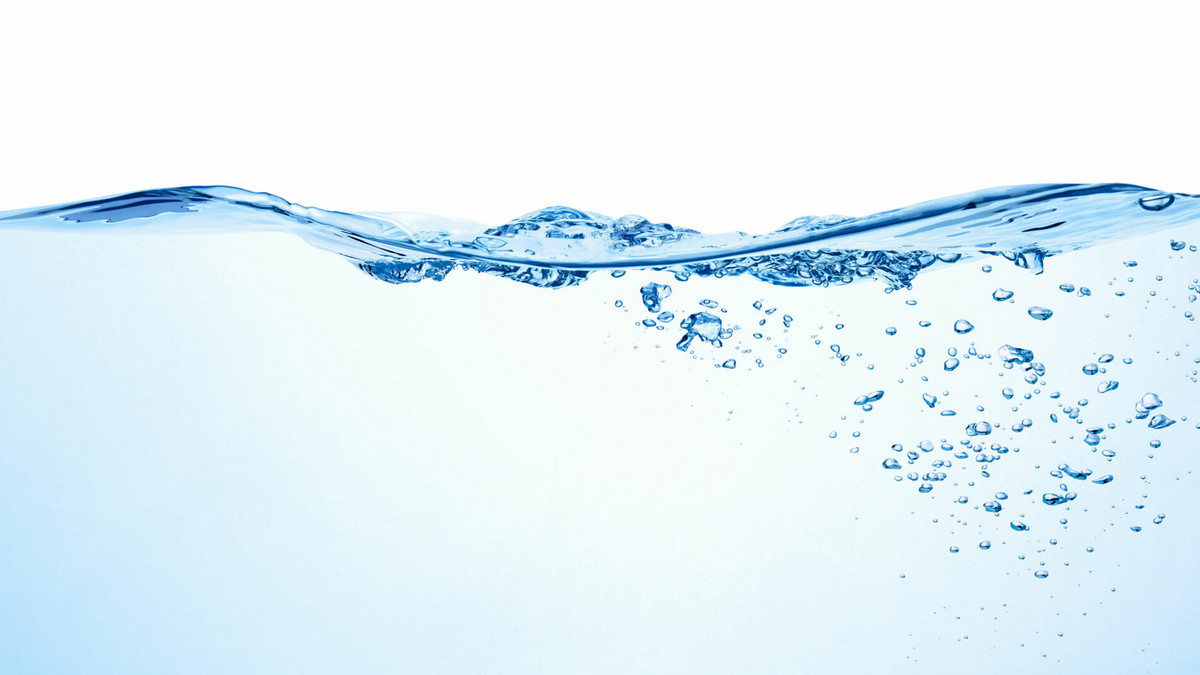The IoT is becoming fragmented, and the market demand for customized measurement is increasing. Under the four conditions of product size and shape, high computing, networking capabilities, and sensor interface integration, measurement and IoT vendors will customize design, so this article will focus on a key application of customized measurement: smart sensor.
What is A Smart Sensor?
Before we start discussing smart sensors, let's first understand the principle and application scope of general sensors. General sensors convert physical phenomena into voltage or current through material, optical, mechanical, or chemical reactions. These physical phenomena include changes in temperature, sound, vibration, and displacement. In measurement applications, engineers and scientists can use instruments or data acquisition systems to convert analog voltage and current signals from sensors into digital signals that can be calculated by computers for subsequent analysis and presentation.
So, what is a smart sensor?
Smart sensors are devices that take information from a physical environment and use embedded microprocessors and wireless communication to monitor. Smart sensors enable more accurate and automated collection of environmental data with less erroneous noise amongst the accurately recorded information in a wide variety of environments. Due to the popularity and miniaturization of embedded systems, some sensor manufacturers have integrated embedded systems and sensors, and used the processing capabilities of embedded systems to perform real-time signal processing, judgment, or control. In Europe, America and other places around the world, the English names of smart sensors are often called smart sensor, intelligent sensor or edge sensor.
What is the difference between smart sensors and general sensors?
With the integration of embedded systems, a smart sensor also integrates several of the following components:
- Microcontroller or CPU
- Memory or SD card
- Wireless communication (eg Wi-Fi, Bluetooth)
- Power supply or battery
Therefore, when the embedded system and sensor are integrated into one and become a smart sensor, its benefits are:
- Provide immediate response, eg for safety or disaster prevention purposes
- Carry out self-diagnosis, immediately detect whether the sensor is abnormal or not, and give a warning
- Analyze the data directly on the front end, without waiting for it to be sent back to the computer for calculation
- Perform data compression to reduce the amount of subsequent data transmission (this can save subsequent network bandwidth and storage costs)
- Perform machine learning or AI algorithms, directly optimize parameters
The Future Trend of Smart Sensors?
As mentioned above, the advantage of the smart sensor comes from its ability to directly process and analyze the signal. Therefore, as the embedded system technology evolves, the processing capability of the embedded system will also become stronger and stronger. In the past, if complex calculations were to be performed, the general sensor signals could only be transmitted to the subsequent computer to obtain the analysis results. When the processing power of the front-end embedded system is stronger, many calculations can be performed directly on the signal side, which saves the bandwidth required for data transmission, and allows the on-site users to get the calculation results immediately. In addition, due to the improved processing capabilities of embedded systems, the applications of machine learning and artificial intelligence in recent years, such as IoT and AIoT data computing and model training, can also be used to make more use of smart sensors. field.
What are the Design Challenges for Smart Sensors?
The development of smart sensors can be said to be a high degree of integration of mechanical, electrical, software/firmware, circuit and sensor knowledge. When designing these smart sensors, the difficulties encountered include:
Power saving, low power consumption design considerations
If a smart sensor needs to perform more complex calculations, its power consumption will inevitably increase. Therefore, how to strike a balance between performance and power consumption is a very important design key.
Sensor integration and signal processing
The biggest difference between smart sensors and general embedded systems is that they need to integrate sensor signals. The A/D conversion circuit designed on the embedded system is also a key point. In small applications, the placement of electronic components is very dense, so signal stability and noise must also be paid attention to.
How to maintain the design problem of reliability
Whether it is an indoor or outdoor application, smart sensors need to be designed with reliability as the premise. If it breaks down or needs to be repaired frequently, it will cause a very large maintenance burden!
What are the Application Cases of Smart Sensors?
There are many cases of smart sensors, so let's give you a few examples for your reference.
Tire Pressure Monitor (TPMS):
Tire pressure detectors are now one of the standard equipment for vehicles. This type of sensor must be installed on the tire valve to capture tire pressure data. However, in the case of limited space and high-speed rotating tires, the traditional sensor. The architecture obviously cannot be embedded, but now that technologies such as power supply, sensing, and communication have matured one after another, such applications are already feasible. This smart sensor pursues stable and accurate wireless measurement, and these items are realized in the application of TPMS tire pressure detection.
Tool life detection:
Another common application in recent years is the tool life detection of machine tools. During the operation of machine tools, the tools responsible for cutting objects are easily damaged, and damaged tools will directly affect product quality. Information is grasped through information such as sound and vibration when the machine is in operation. Like the tire pressure detector, the space of the tool sensor is small and the shape is specific, so it is difficult to introduce the traditional measurement framework.
Machinery status monitoring:
As the use time increases, rotating machinery will inevitably suffer from wear and damage. But in industrial applications or factory domains, these devices are often located in places where it is very difficult to install instruments, such as high-temperature steel plants, or even like moving trucks. Smart sensors can integrate vibration measurement and analysis into a small wireless device, which allows users to directly transmit device status data to mobile phones or computers without using bulky instruments.
It can be seen that smart sensors can be said to be a "blue ocean" application pool. Taking advantage of the measurement and embedded systems, the industry can develop information or service systems with higher value.



